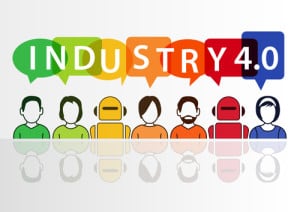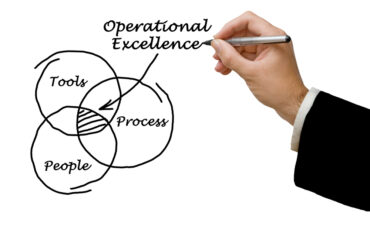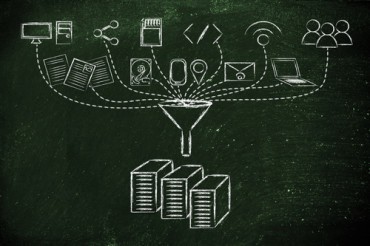
Arundo notes that to be successful, IIoT applications need to strike a balance between the batch processing remotely and real-time analytics.
As organizations start delving into the nuances of Industrial Internet of Things (IIoT) applications many of them are finding a need to strike a balance between real-time analytics at the edge or on a gateway and more traditional batch-processing in the data center.
To address that Arundo Analytics developed a federated approach to IIoT analytics spanning the IoT edge to the cloud. Now with the Fall 2017 release of the company’s namesake software, a set of application programming interfaces (APIs) is being exposed to make it simpler to plug new and existing applications into the Arundo Data Fabric that runs as a cloud service.
See also: Real-time analytics are key to IT success, says IDC
At the same time, Arundo Analytics has also enhanced the Arundo Composer software it provides on a desktop to make it simpler to create models employing multiple machine learning algorithms in addition to making it simpler to install Arundo Edge Agent software on devices running Windows, Linux or Mac OS operating systems.
Amitav Misra, vice president of marketing for Arundo Analytics, says IIoT is unique in that there is a critical requirement for analytics to be applied in real time as close to industrial equipment as possible. Sometimes that occurs at the very IIoT edge or on a gateway located as close to the edge as possible. But there’s also a requirement to upload the analytics run locally to a data center or cloud environment where it can be more easily shared as well as correlated with other sets of data.
The challenge, says Misra, is finding the best way to operationalize analytics that depend on models employing various machine learning algorithms that need to be able to affect a change in a process where very often equipment is generating massive amounts of time-series data in real time. The upside of this approach is that the return on investment (ROI) associated with applying real-time analytics to an IIoT use case is much easier to demonstrate than in a consumer application, says Misra.
IIoT Arena is New But Loud
Although IIoT is a relatively nascent category, competition across the space is already fierce. In addition to other software vendors, providers of industrial equipment such as GE and Siemens provide access to analytics applications. Builders of industrial equipment are changing their business models to include software and cloud services. Instead of selling equipment they are billing customers on a usage basis. In the case of GE, for example, that translates into the number of hours an aircraft engine runs. The real-time analytics needed to drive those business model is built into the service.
Misra says Arundo Analytics is betting there will be demand for application software and services that can span multiple industrial platforms. “Soon there will be a sensor on everything,” says Misra.
Arundo Analytics already counts Statoil, the Norwegian national oil company; Carnival Cruise Line; and SICPA, a provider of security and authentication services to governments, among its customers. The challenge many organizations now face is to what degree they need to create analytics on their own versus simply consuming results provided by someone else.





























